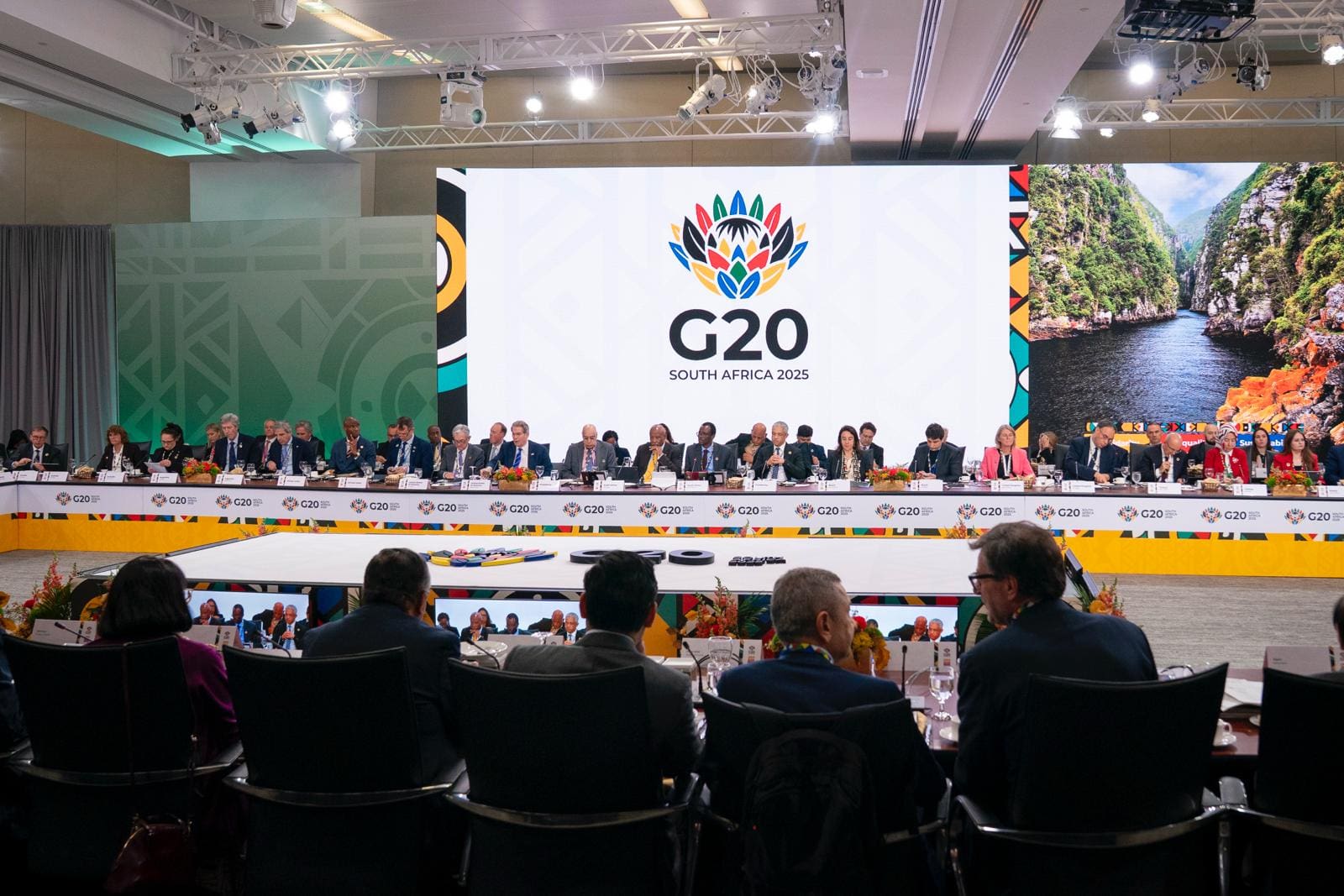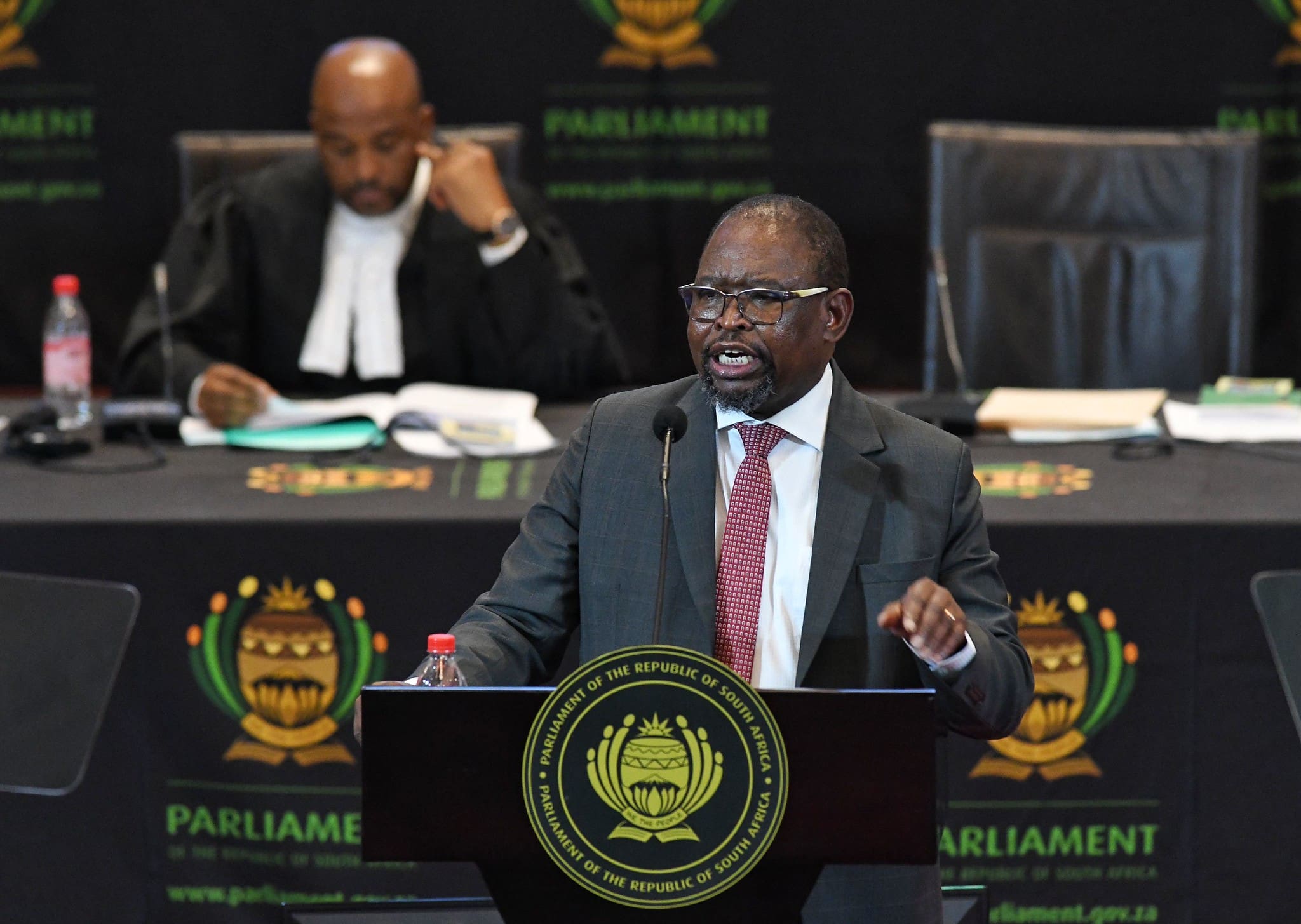Good news for consumers (especially if you’re repaying debt or planning to take out a loan) – the South African Reserve Bank (SARB) governor, Lesetja Kganyago, announced yesterday that interest rates would be cut by 25 basis points, effective from today! Meaning a small repo and prime lending rate.
The MPC decided to reduce the policy rate by 25 basis points, with effect from 30 May. pic.twitter.com/3JCjEjrQnz
— SA Reserve Bank (@SAReserveBank) May 29, 2025
The announcement follows the May meeting of the SARB’s Monetary Policy Committee (MPC), which is responsible for setting monetary policy to keep inflation in check and ensure price stability. The committee meets at least six times a year, over three days every two months, to evaluate the economy and decide on interest rates.
At this meeting, five MPC members voted for the 25 basis point cut, and one member voted for a bigger 50 basis point cut.
What is a basis point?
It’s a standard measure for changes in interest rates or other percentages in finance. One basis point is equal to 0.01%, so when the Reserve Bank says it’s cutting interest rates by 25 basis points, it means rates are going down by 0.25 percentage points. Basis points are often used when talking about changes in interest rates, stock market indexes, or returns on investments like bonds.
What is a repo rate?
It’s a repurchase rate. That is the rate at which the central bank lends money to commercial banks. This slash in interest rates brings the repo rate down from 7.50 % to 7.25%.
What is a prime lending rate?
It’s the rate banks charge customers for loans. This slash in interest rates brings the prime lending rate from 11.00% to 10.75%.
What does this all mean for you?
A lower interest rate means that monthly repayments on loans, such as home bonds and car finance, could become slightly cheaper, putting money back into consumers’ pockets.
And this possibly isn’t the end.
According to the Mail & Guardian, FNB chief executive Harry Kellan said they look forward to another repo rate drop later this year.
“It comes at a time when we’re seeing a more positive inflation outlook for the rest of the year, along with growing urgency to boost economic activity. That said, we may still see repo rates reduced once more this year, something we’ll be watching closely in upcoming MPC meetings,” he said.
This growing urgency to boost economic activity follows the government’s scrapping of proposed VAT hikes that enraged the country in Budget 3.0. With a leaner economic outlook at hand Kganyago notes, “We have revised down our inflation forecasts, our previous forecast included VAT increases, which have since been cancelled.”
You may ask yourself: If the government is struggling to raise money, shouldn’t interest rates go up to attract more investment and cover the shortfall?
Here’s the thing: SARB’s primary mandate is to keep inflation low and stable. Not to fund the government. In the face of weak growth, lower inflation, and rising joblessness with unemployment sitting at almost 33%, the SARB sees more benefit in cutting rates to help the economy breathe, even if Treasury is fiscally strained.
So, where do we go from here?
As mentioned, Kganyago revealed that the Reserve Bank is thinking about lowering its inflation target from 4.5% to 3%. Why? Because many countries, especially those similar to South Africa, are adjusting their inflation goals downwards to match global trends. The Reserve Bank usually aims to keep inflation between 3% and 6%, but a lower target would signal a bigger focus on price stability.
This interest rate cut will bring relief to many South Africans. It’s the fourth time rates have been lowered by 25 basis points since September 2024, with just a brief break in March. The Reserve Bank will meet again in July, so we’ll have to wait and see if another rate change is indeed coming.
Lona is a recent graduate with an Honours degree in Journalism and Media Studies from Wits University. Passionate about storytelling, she is eager to learn, grow, and hone her writing skills.
- Lona Sokanyilehttps://explain.co.za/author/lona/
- Lona Sokanyilehttps://explain.co.za/author/lona/
- Lona Sokanyilehttps://explain.co.za/author/lona/
- Lona Sokanyilehttps://explain.co.za/author/lona/




